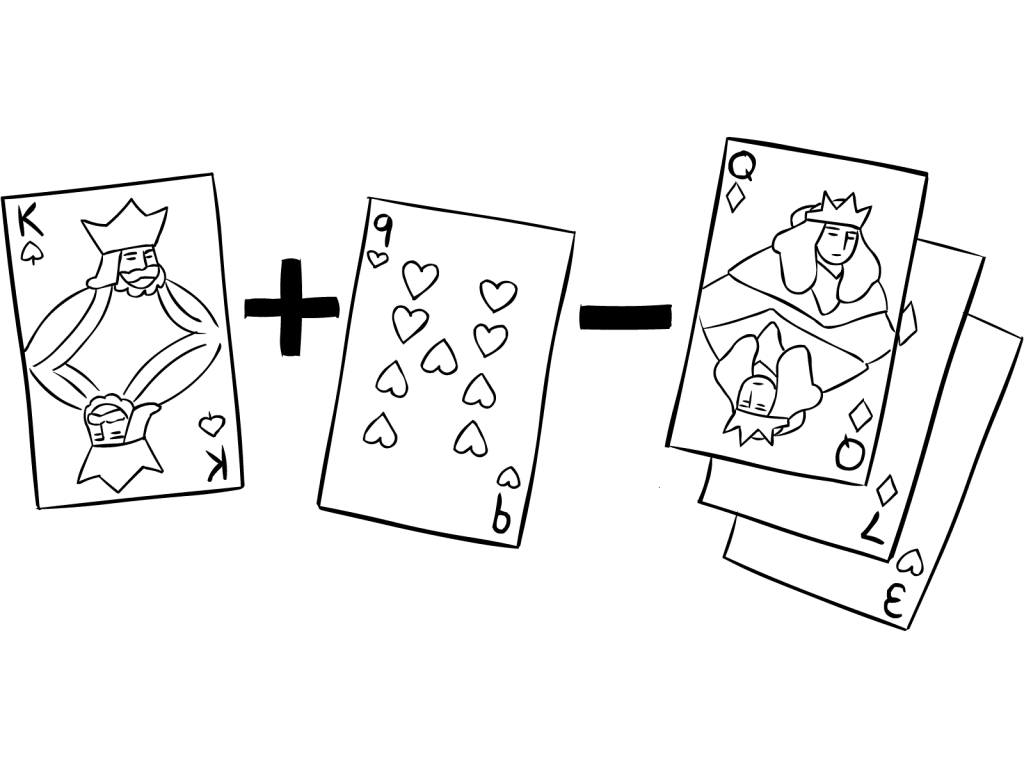Save to Playlist
Step-by-Step Instructions
Resources Premium
How To Play Narrative Premium
Practical Leadership Tips Premium
Social-Emotional Learning Premium
Health & Wellness Programming Premium
Popular Variations Premium
Virtual Adaptation Premium
You Might Also Like... Premium
Useful Framing Ideas Premium
Reflection Tips & Strategies Premium
Source Premium

No Props No Problem
Brand NEW book featuring 150+ outrageously fun group games & activities. Scan QR codes to connect to tons of digital content including video tutorials.
Add to Cart
NEW – No Props No Problem
The best-selling book featuring 150+ outrageously fun group games & activities. Scan QR codes to access exclusive digital content including video tutorials.

Free Ice-Breakers & Group Games
Ten of the best no-prop, interactive ‘get-to-know-you’ games & activities. 100% fun, your group will love ’em. Our most successful giveaway, 10,000+ downloads so far…
Top Ten Icebreakers & Group Games
Download our free 28-page ebook jam-packed with outrageously fun activity ideas.
Just one more question:
I am interested in…
Choose a plan that’s right for you
We offer a range of membership plans with no surprises.
Click an option below & discover our simple pricing.

Individual
Click here if you’re a:
- Teacher
- Corporate trainer
- Outdoor educator
- Camp leader
- Youth leader
- Conference organiser
- Therapist/counsellor
Membership Plans

Enterprise
Click here if you represent a:
- School
- Corporation
- Community-based Organisation
Explore plans for
10, 50, 200 or more
potential users
Membership Plans






I led this one today for a small group (4) and it was a big hit! Highly recommend it. I did it virtually using one of those random card generators and it worked just fine. Used a whiteboard in Zoom.
This is great to hear Josh, well done. Good to know that it worked virtually 🙂
Got to play that recently.. quite the challenge if you are up to it. We as a group were and managed to solve it. Great lesson in “working with the hand you are dealt” or finding creative ways to solve an issue with the tools you are given.. tools being all the mathematical symbols or selective symbols depending on the groups age and ability
This a great activity for my 8th-grade students to play while I was checking homework in class. I had to give the student groups new numbers as they solved each problem, but they were very engaged in working on the problem. The students requested to play again.
This is a great idea Erin. Thank you for sharing – there’s never enough ideas to help us all fill-in idle time a little more productively.